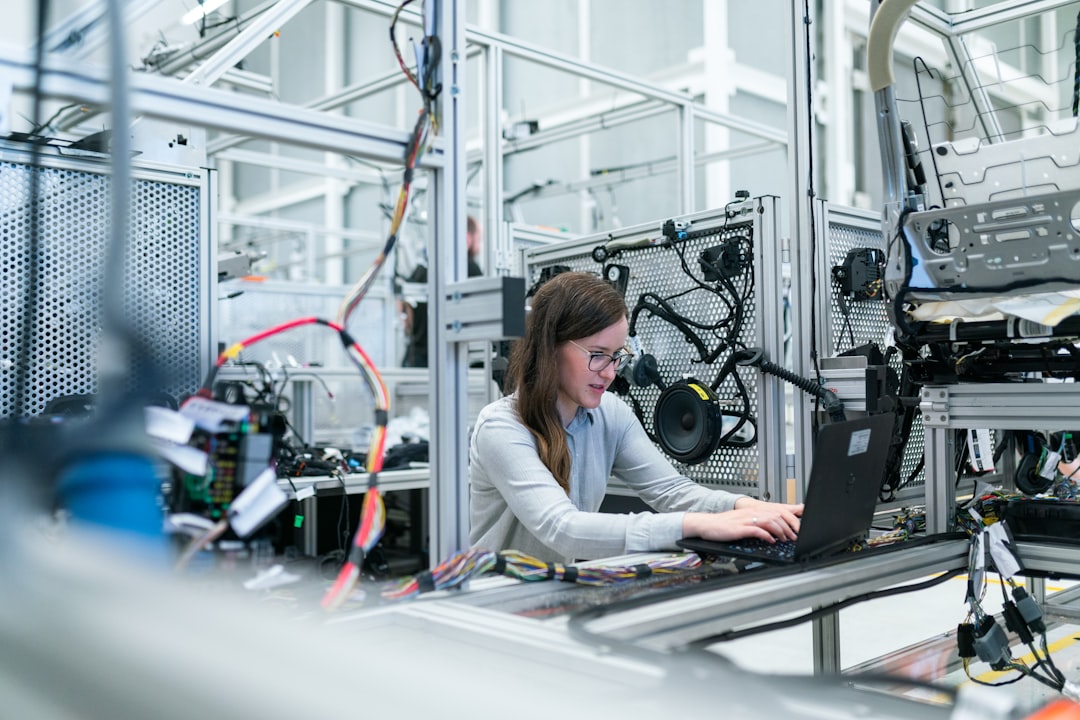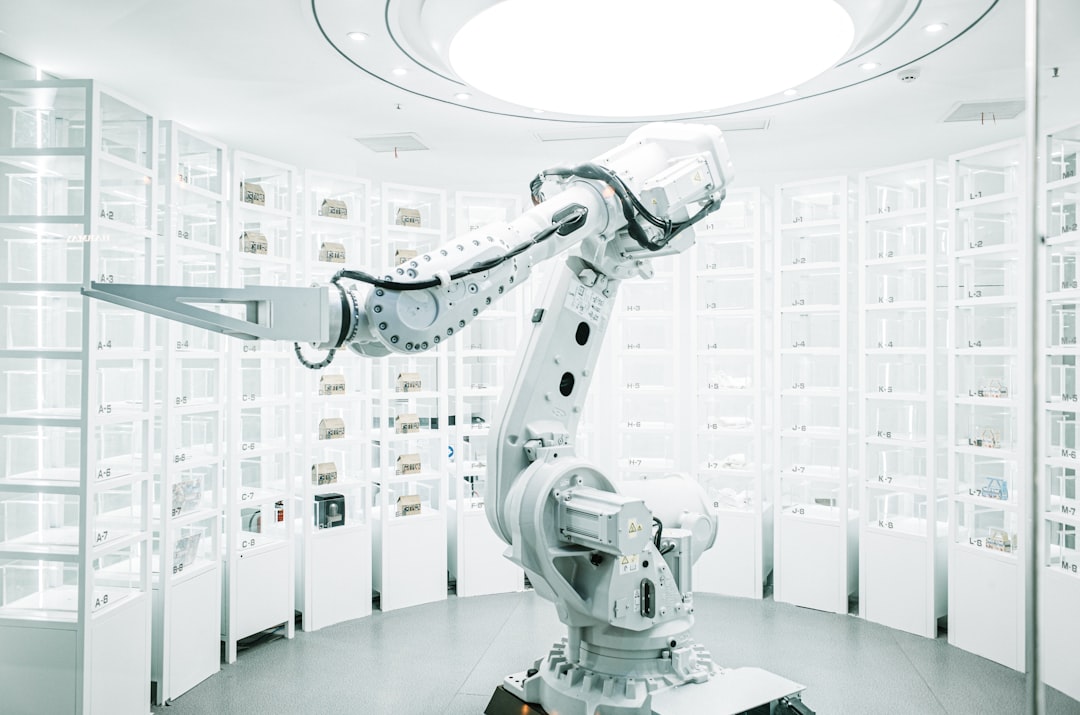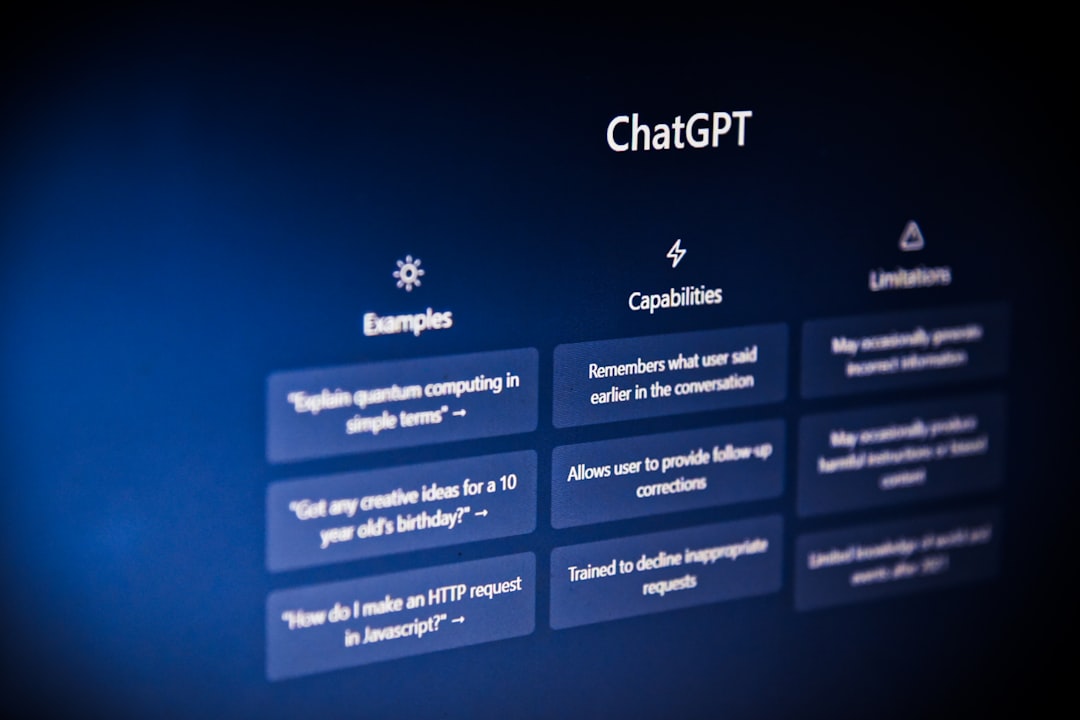Kino 1.1 is the latest iteration of a groundbreaking AI toolkit that has captivated the attention of developers and technologists worldwide. As machine learning and artificial intelligence continue to interweave into the fabric of both everyday technology and industry-specific applications, advancements like those presented in Kino 1.1 herald a new era of AI capabilities.
Compared to its predecessors, Kino 1.1 introduces several performance enhancements designed to increase speed, accuracy, and functionality. With artificial intelligence being deployed in myriad domains—from healthcare systems, automotive industries, to personalized education and beyond—the need for flexible and robust platforms is more pressing than ever.
Central to Kino 1.1’s capabilities is its emphasis on deep learning algorithms. These algorithms allow for more nuanced data interpretations, enabling AI systems to make decisions and predictions with human-like intuition. This advancement is pivotal as the industrial application of AI grows more complex and data-driven challenges confront developers.
One of the standout features of Kino 1.1 is its modular scalability. This means that from startups to multinational corporations, users can adapt the toolkit to suit various project sizes and complexities. Even more impressively, the interface is designed for user accessibility—opening doors for those in fields outside of traditional tech backgrounds to harness and understand AI’s benefits.
In practical applications, laboratories have already started reporting dramatic increases in efficiency when using Kino 1.1. AI-driven diagnostics, for example, show reduced processing times and increased prediction accuracies in clinical trials, indicating a promising leap toward enhanced patient treatment protocols. In the automotive sector, Kino-driven systems have facilitated real-time, adaptable navigation and safety mechanisms, underscoring the significant ramifications of enhanced AI performance.
As we draw a parallel between the capabilities of Kino 1.1 and other AI systems, it becomes clear that this toolkit offers an unprecedented level of integration, allowing disparate systems to collaborate seamlessly. This interplay not only broadens the scope of potential AI applications but sets a new standard for interoperability in tech ecosystems.
Looking forward, the broader implications of Kino 1.1’s release are immense. It sets a precedent for how AI toolkits will evolve; primarily, it urges an industry-wide shift towards creating platforms that are not only technically superior but are also user-centric.
In conclusion, as industries and educators alike begin to integrate Kino 1.1 into their AI applications, a vast array of possibilities unfurl. This iteration of Kino not only refines AI’s capabilities but also democratizes its use, ushering in a future where sophisticated technology is accessible to all, irrespective of technical expertise.
AI
Kino















Leave a Reply